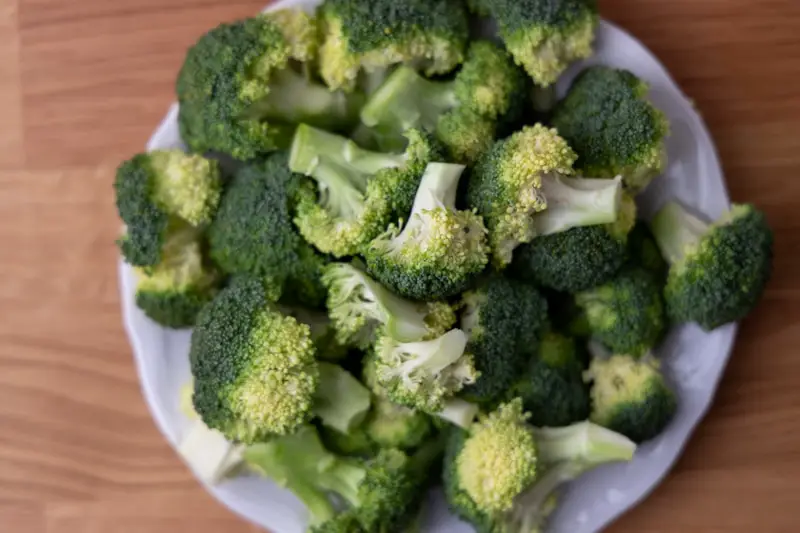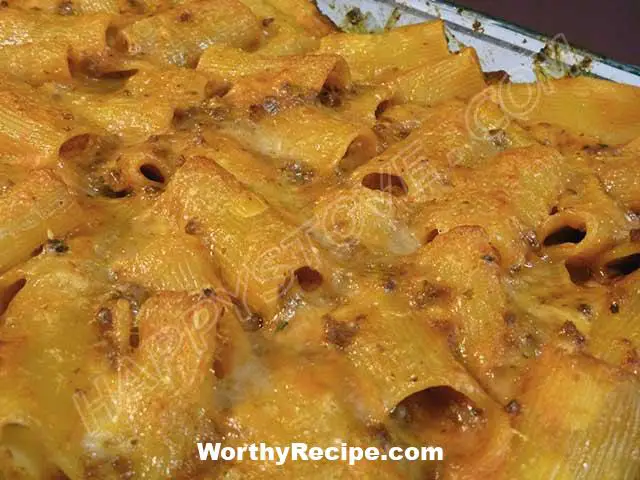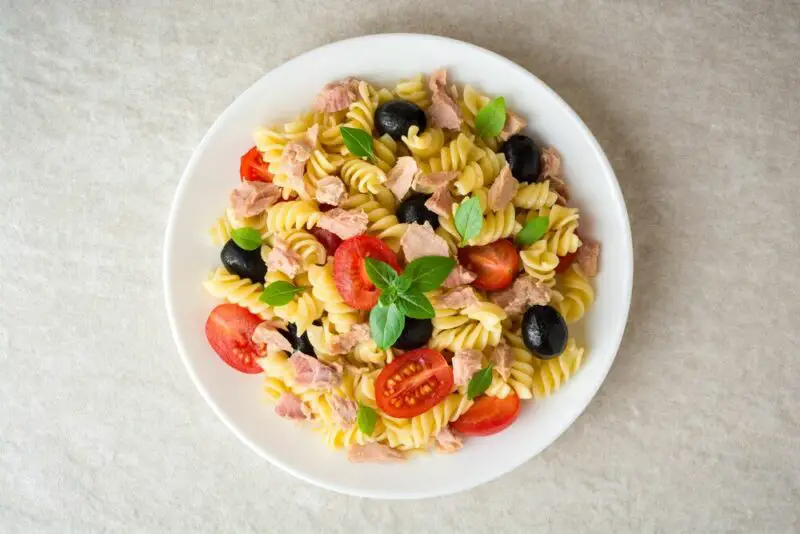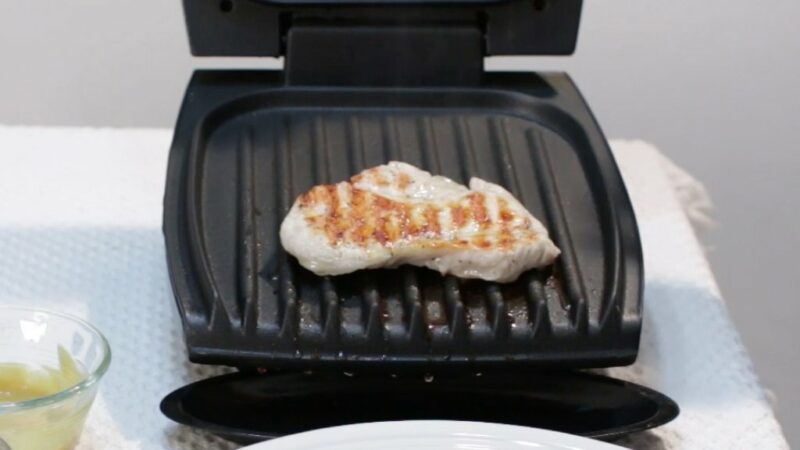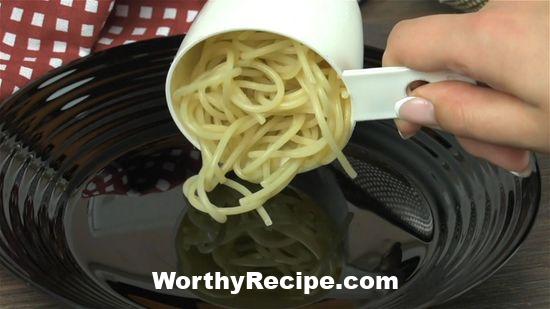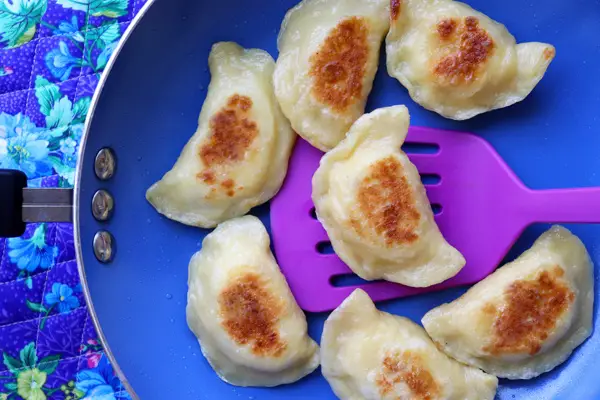Possible article:
Broccoli is a delicious and nutritious vegetable that can be eaten raw or cooked. However, like all types of food, broccoli can become unsafe to eat if it is contaminated by harmful bacteria or other pathogens. This risk increases when food is left out at room temperature for too long, which can allow bacteria to multiply rapidly and produce toxins that cause food poisoning. In this article, we will answer the question: is it safe to eat cooked broccoli left out overnight? We will review the factors affecting food safety, what happens to broccoli when left out, the risks associated with consuming it, and ways to prevent food poisoning. We will also discuss when to throw away leftover broccoli and which cooking methods can minimize food poisoning risks.
Factors Affecting Food Safety
Before we delve into the topic of cooked broccoli left out overnight, let’s first understand the key factors that affect food safety:
- Temperature: Bacteria grow best between 40°F (4°C) and 140°F (60°C), a range known as the danger zone. Therefore, keeping food above or below this range can slow down or prevent bacterial growth.
- Time: The longer food stays in the danger zone, the more time bacteria have to multiply and produce toxins.
- Oxygen: Some bacteria need oxygen to grow, while others thrive without it.
- Moisture: Most bacteria require water or other liquids to survive and replicate.
All these factors interact in complex ways that make it challenging to ensure that food is safe to eat at all times. However, knowing how they work can help us make informed decisions about food handling and storage.
What Happens to Cooked Broccoli Left Out Overnight?
Now let’s apply these factors to the case of cooked broccoli left out overnight. Assume that you cooked a batch of steamed broccoli for dinner and left it uncovered on the countertop until the next morning, which is about 8-12 hours later, depending on when you went to bed. What could have happened?
The answer is that bacterial growth has likely occurred, especially if the broccoli was at room temperature or above for most of that time. Here’s why:
- Bacteria can double in number every 20-30 minutes under ideal conditions (temperature, moisture, nutrients), which means that after 8-12 hours, a small number of bacteria can become millions or even billions.
- Some bacteria naturally occur on the surface of raw or cooked foods and are harmless or beneficial. However, others are pathogenic (disease-causing) and can lead to foodborne illnesses such as salmonellosis, listeriosis, E. coli infection, and botulism.
- The longer cooked food stays at temperatures above 40°F (4°C), the more time pathogenic bacteria have to multiply and produce toxins that may not be destroyed by subsequent heating or cooking.
In addition to bacterial growth, another potential issue with leaving cooked broccoli out overnight is changes in flavor and texture. Broccoli contains natural sugars that can ferment in the presence of air and moisture and produce sour or stale tastes. Furthermore, the texture may become mushy or slimy due to water loss or enzymatic activity.
Risks Associated with Consuming Cooked Broccoli Left Out Overnight
So what are the risks of eating cooked broccoli left out overnight? Unfortunately, they can be significant, especially for certain groups of people:
- Food poisoning symptoms: Depending on the type and amount of bacteria and toxins consumed, symptoms may include nausea, vomiting, diarrhea, stomach cramps, fever, headache, muscle aches, and dehydration. These symptoms can range from mild to severe and usually appear within a few hours to a few days after ingestion. Not everyone who eats contaminated food will get sick, but some may experience persistent or recurring symptoms that require medical attention.
- Long-term health effects: In rare cases, food poisoning can lead to chronic health problems such as kidney failure, nerve damage, or arthritis. These complications are more common in people with weakened immune systems or pre-existing medical conditions.
- High-risk groups: Infants, young children, pregnant women, elderly adults, and people with compromised immune systems are at higher risk of developing severe or life-threatening infections from contaminated food.
Therefore, it’s essential to take food safety seriously and avoid taking unnecessary risks with your health.
Prevention Strategies for Food Poisoning
The good news is that most cases of food poisoning are preventable by following some simple principles of safe food handling. Here are some strategies to consider:
- Temperature control: Keep hot foods hot (above 140°F/60°C) and cold foods cold (below 40°F/4°C), whether during cooking, serving, or storage. Use a thermometer to check temperatures regularly and record them for future reference. When reheating leftovers or preparing ready-to-eat meals, ensure that the temperature reaches at least 165°F (74°C).
- Good hygiene practices: Wash your hands and utensils thoroughly with soap and water before handling food. Use gloves or tongs when touching raw meat, poultry, seafood, or eggs. Sterilize cutting boards, countertops, and other surfaces that come into contact with food. Avoid cross-contamination by storing different foods separately in the fridge or freezer.
By implementing these practices and being mindful of food safety, you can reduce the chances of getting sick from contaminated food.
When Should You Throw Away Leftover Cooked Broccoli?
The general rule of thumb for leftover cooked food is to discard it if it has been at room temperature for more than 2 hours or in the danger zone for more than 4 hours. However, this guideline may vary depending on the type of food, the storage conditions, and the individual’s tolerance for risk. If you are unsure whether your leftover cooked broccoli is safe to eat, use your senses (smell, sight, taste) as well as common sense to make a judgment call. If it looks or smells off, has an unusual texture or taste, or makes you feel uncomfortable after eating a little bit, then it’s better to err on the side of caution and throw it away.
If you want to store leftovers safely, here are some tips:
- Cool down quickly: Divide large portions into smaller containers and place them in the refrigerator or freezer within 2 hours of cooking. This will help cool down the food faster and prevent bacterial growth.
- Cover tightly: Use airtight lids or wraps to seal the containers and prevent moisture loss or contamination from other foods.
- Label and date: Write down the name of the food and the date it was prepared or stored, so you can keep track of how long it has been in the fridge or freezer. It’s best to consume leftovers within 3-4 days or freeze them for longer storage.
Cooking Methods to Minimize Food Poisoning Risks
Finally, let’s talk about some cooking methods that can minimize the risks of food poisoning:
- Blanching: This involves briefly boiling vegetables, fruits, or nuts and then plunging them into ice water to stop the cooking process. Blanching can destroy enzymes and bacteria on the surface of produce without overcooking them.
- Boiling: This method can kill most bacteria and toxins in food by exposing them to high heat for an extended period. However, boiling can also remove some nutrients and flavors from food and make it less appealing.
- Steaming: Steaming is similar to boiling but uses steam instead of water to cook food. This method can preserve more nutrients and flavors than boiling while achieving similar results in terms of food safety.
The choice of cooking method depends on several factors, such as the type of food, the desired taste and texture, and the available equipment. Regardless of which method you choose, ensure that you cook your food thoroughly and at the right temperature to avoid any risks of contamination.
Conclusion: Summarizing Key Points and Recommendations
In summary, cooked broccoli left out overnight may not be safe to eat due to bacterial growth and changes in flavor and texture. Consuming contaminated broccoli can lead to food poisoning symptoms, long-term health effects, and higher risks for vulnerable populations such as young children or pregnant women.
To prevent food poisoning, it’s crucial to follow safe food handling practices such as temperature control, good hygiene, and proper storage of leftovers. If you are unsure whether leftover cooked broccoli is still good, use your senses and judgment to determine whether to discard it or not. Consider using cooking methods such as blanching, boiling, or steaming to minimize the risks of contamination while preserving the nutritional value and taste of your food.
References
For more information about food safety and preventing food poisoning, consult reputable sources such as:
- The Food and Drug Administration (FDA)
- The Centers for Disease Control and Prevention (CDC)
- The World Health Organization (WHO)
- The US Department of Agriculture (USDA)
Frequently Asked Questions
What happens to cooked broccoli left out overnight?
Cooked broccoli left out overnight can spoil and become a breeding ground for harmful bacteria, which can cause food poisoning. It can also lose its nutritional value and taste.
What are the risks of eating cooked broccoli left out overnight?
Eating cooked broccoli left out overnight can put you at risk for foodborne illness, such as salmonella or E.coli. Symptoms include nausea, vomiting, abdominal cramps, and diarrhea.
How long is it safe to leave cooked broccoli out?
According to the United States Department of Agriculture (USDA), cooked vegetables should not be left at room temperature for more than two hours. After two hours, harmful bacteria can start to grow on the food.
How can I safely store my cooked broccoli?
To ensure the safety of your cooked broccoli, store it in an airtight container in the refrigerator within two hours of cooking. It will keep for up to four days in the fridge. When reheating leftover broccoli, make sure it reaches an internal temperature of 165°F to kill any bacteria that may be present.
